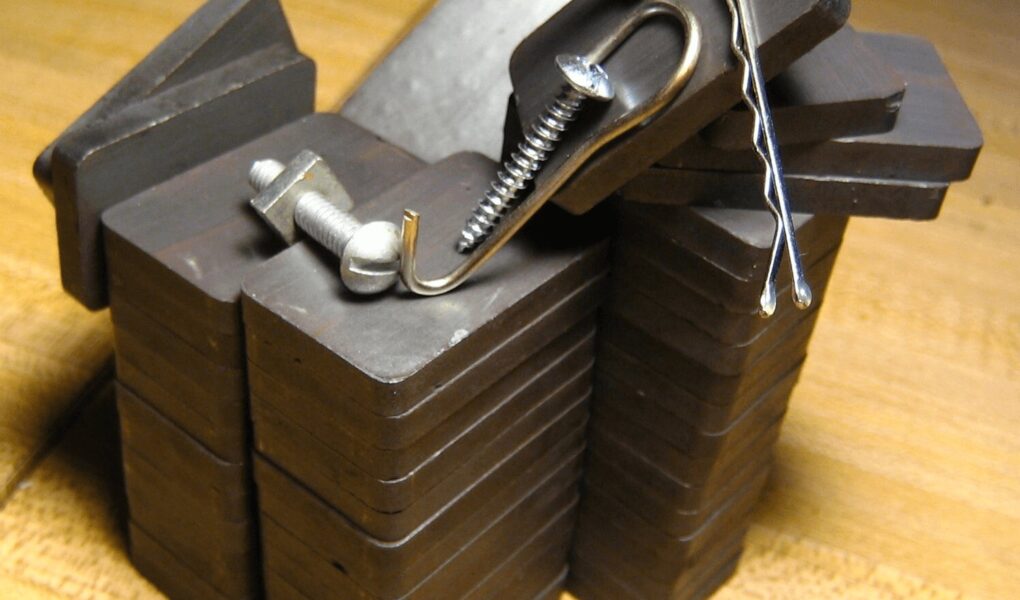Contents
Ferromagnetism is the ability of a material to magnetize. The factors that determine the ferromagnetism of material may include the chemical composition, temperature, crystalline structure, and microscopic organization of the material. The materials that have ferromagnetism properties are called ferromagnetic materials. Usually, metals and alloys are likely to exhibit ferromagnetism. However, if cooled to less than one Kelvin, even lithium gas can show magnetic properties. Let’s learn a little more about ferromagnetic material.
What is a ferromagnetic material?
Ferromagnetic materials are substances that tend to have strong magnetism aligned in the same direction of the field when magnetic fields are applied. The atoms in these materials tend to align themselves even when there is no external field. Some of the examples of ferromagnetic materials are -nickel, permalloy, wairakite, gadolinium, magnetite, cobalt, dysprosium, iron, and more.
Uses of ferromagnetic materials
Ferromagnetic materials can be used for various purposes. But they are mainly used to store nonvolatile information in tapes, hard drives, and more. They are used as storage for energy (magnets) or information (magnetic recording). Here are the uses of ferromagnetic materials.
Permanent magnets
Ferromagnetic materials tend to have high retentivity (residual magnetism) along with high coercivity. This helps in the magnetization lasting for a longer period of time, which is ideal for making permanent magnets. Hence, materials like steel and alnico are ideal for making permanent magnets.
Electromagnets
To make an electromagnet, a material needs to have the least hysteresis loss. This is because the material undergoes cyclic changes during the process of making an electromagnet. Ferromagnetic materials have some unpaired electrons, which allows their atoms to have a net magnetic moment. The magnetic domains allow the materials to have strong magnetic properties. Also, the material used for making electromagnets needs to reach higher magnetic induction values at low magnetizing fields. Soft iron has a thin hysteresis loop, making it the best ferromagnetic material for making an electromagnet. A thin hysteresis loop means less hysteresis loss and low retentivity.
The core of the transformer
Like in the making of an electromagnet, the material has to go through cyclic changes while making the transformer core and choke. However, these changes take place very rapidly. Not only this, but the material should also have a higher magnetic induction value. That is why soft iron again becomes a preferred choice for making the core of the transformer. Some alloys like radio-metals and mu-metal also have low hysteresis loss, making them a good choice for making transformer cores.
Magnetic tapes and memory store
The magnetizing field and the cycle of magnetization both play a major role in the magnetization of a magnet. Magnetic tapes in a cassette player are coated with ferromagnetic materials. Not only this but these materials are also built to develop a memory store in a computer.
While ferromagnetic metals can be used for various applications, these are some of the most common ones.



